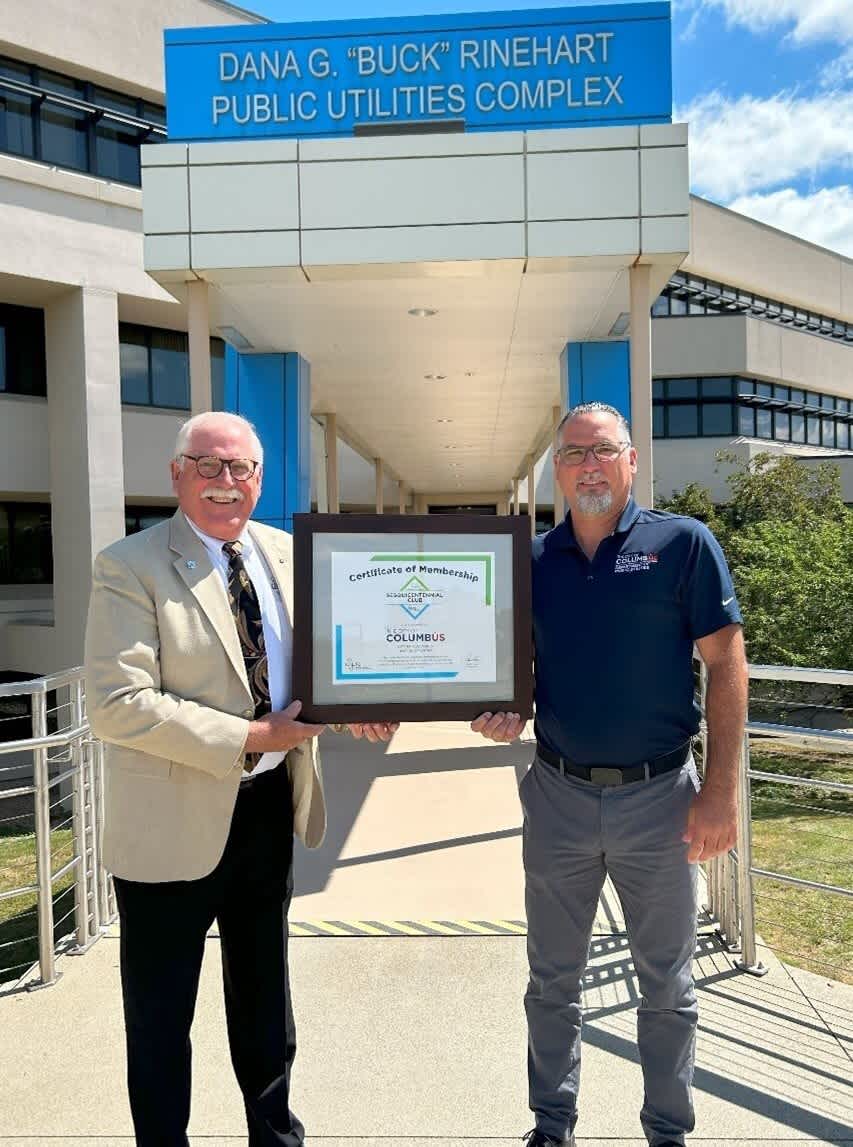
Had they [City of Hamilton] known of the extreme vulnerability of the pipe to disinfectants, '…we wouldn’t have used HDPE pipes in our distribution system…'
The premature failures reflect the vulnerabilities of HDPE pipes. In Hamilton, it was the deleterious reaction of the pipe material with the disinfectant the city has used since 1972. HDPE vulnerability to disinfectants has been well-documented, . There are distinct advantages to using ClO2 as a disinfectant. It controls a broad-spectrum of microorganisms while preventing the formation of disinfection by-products and controlling taste and odor of the water – one reason Hamilton has won so many local, national and worldwide awards for its outstanding taste.
The decision to use HDPE pipes was made in the 1990s “to save money,” according to John Bui, Hamilton’s water production superintendent. Had they known of the extreme vulnerability of the pipe to disinfectants, “…we wouldn’t have used HDPE pipes in our distribution system…”
At the time of their installation, the HDPE pipelines were regarded as being the pipe of “the future.” Unfortunately, that future arrived too soon in Hamilton, OH. The city has decided to replace the failing HDPE with a pipe that has proven reliability; one with a resilient future - Ductile iron pipe.






